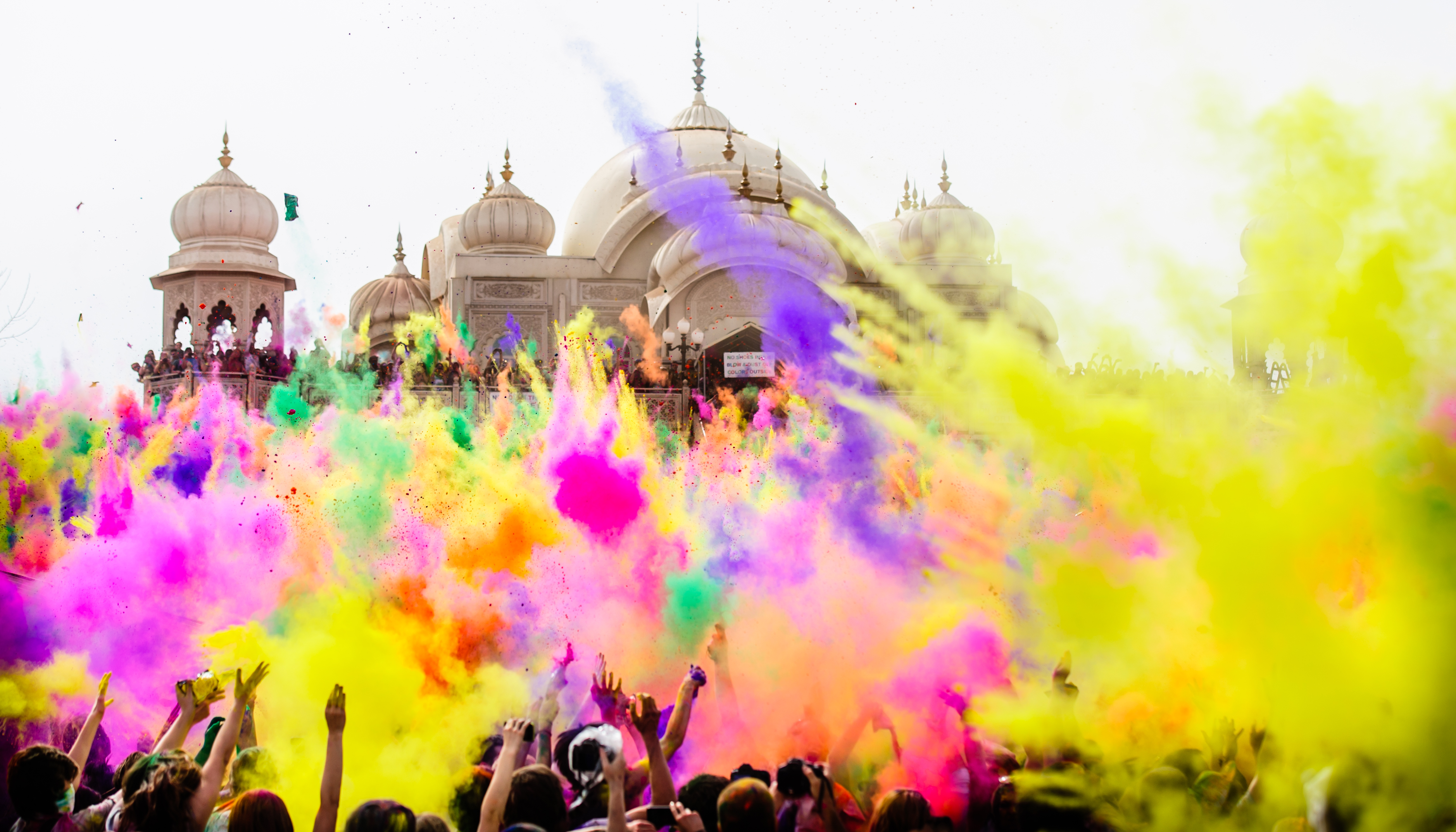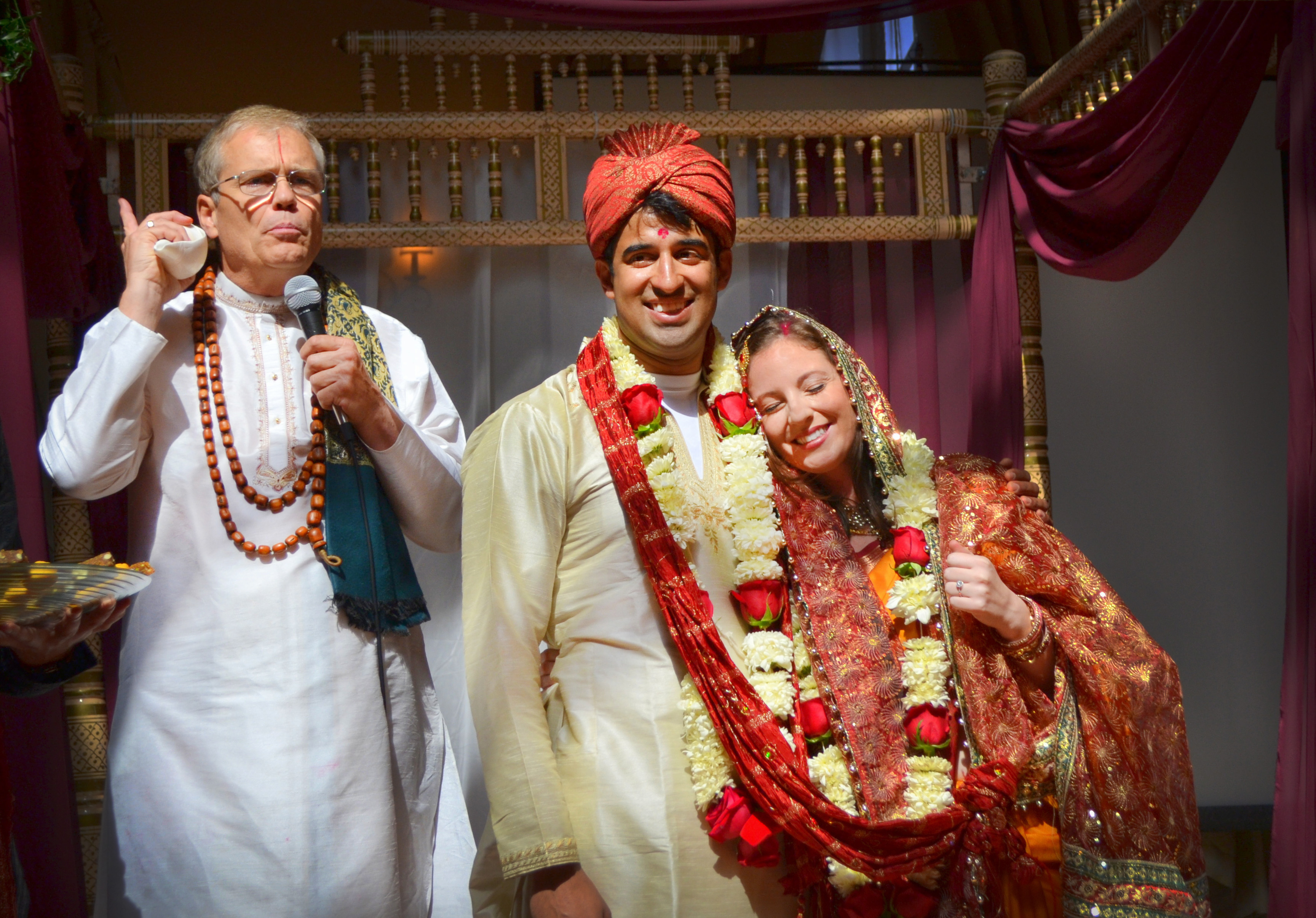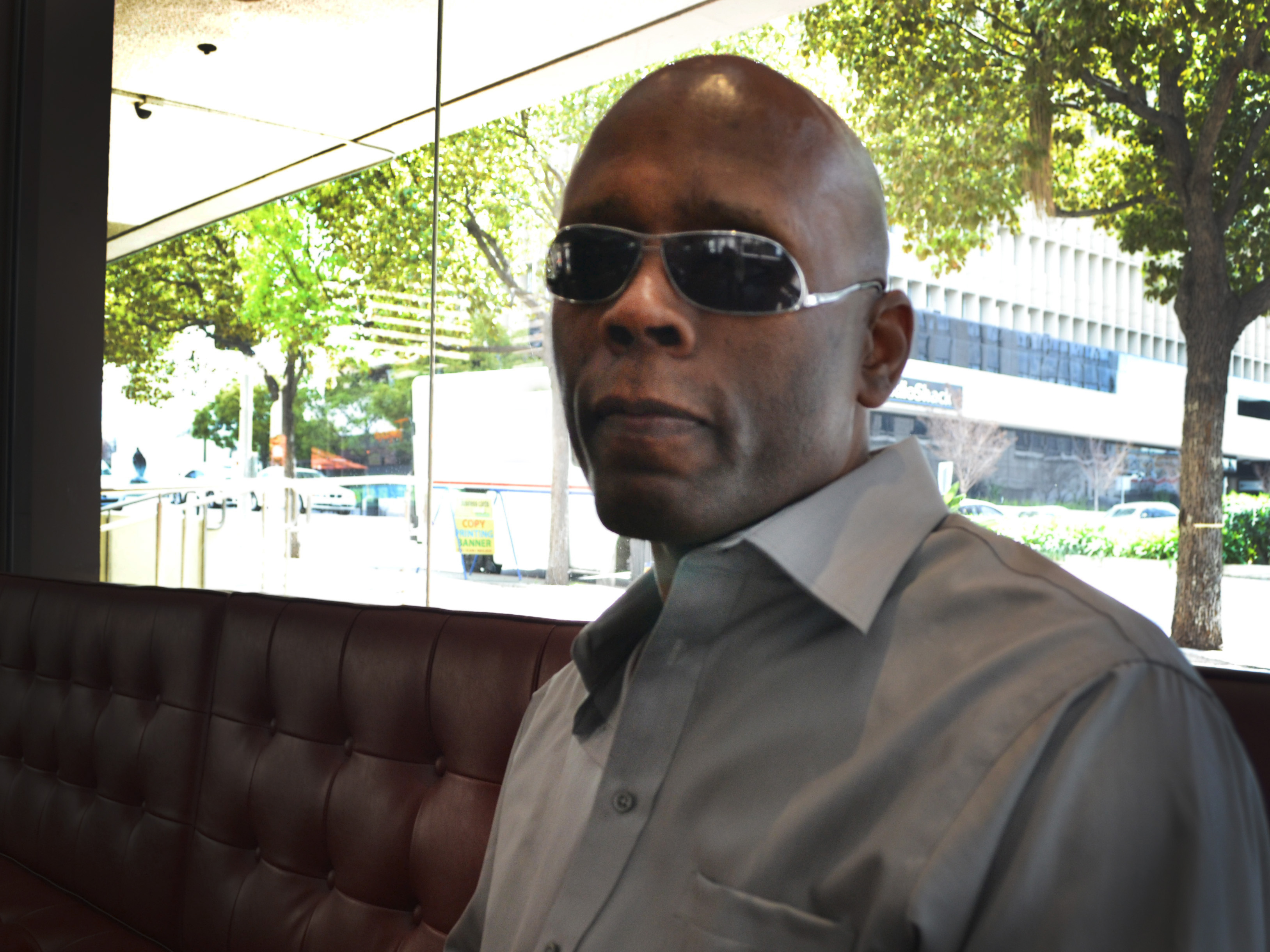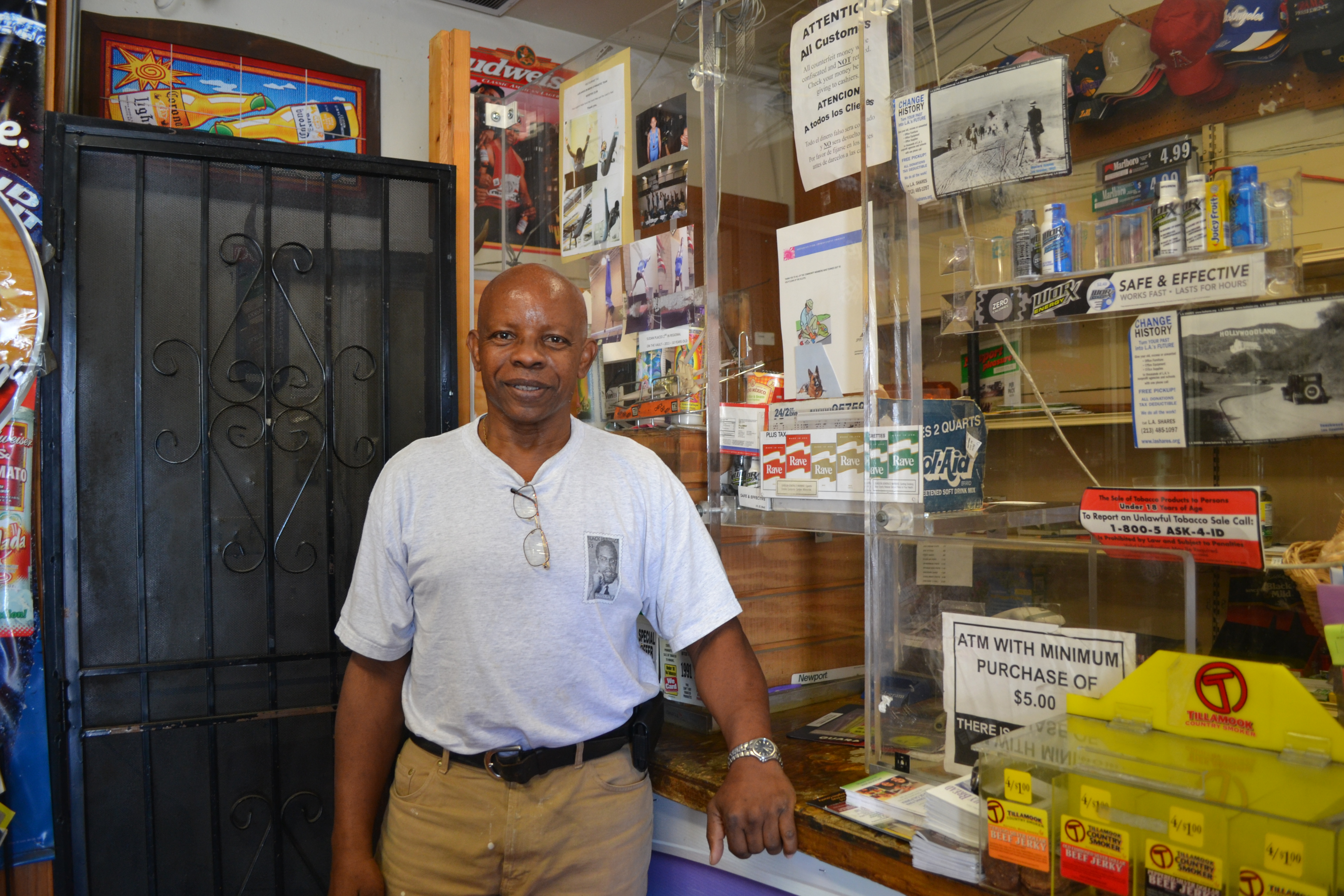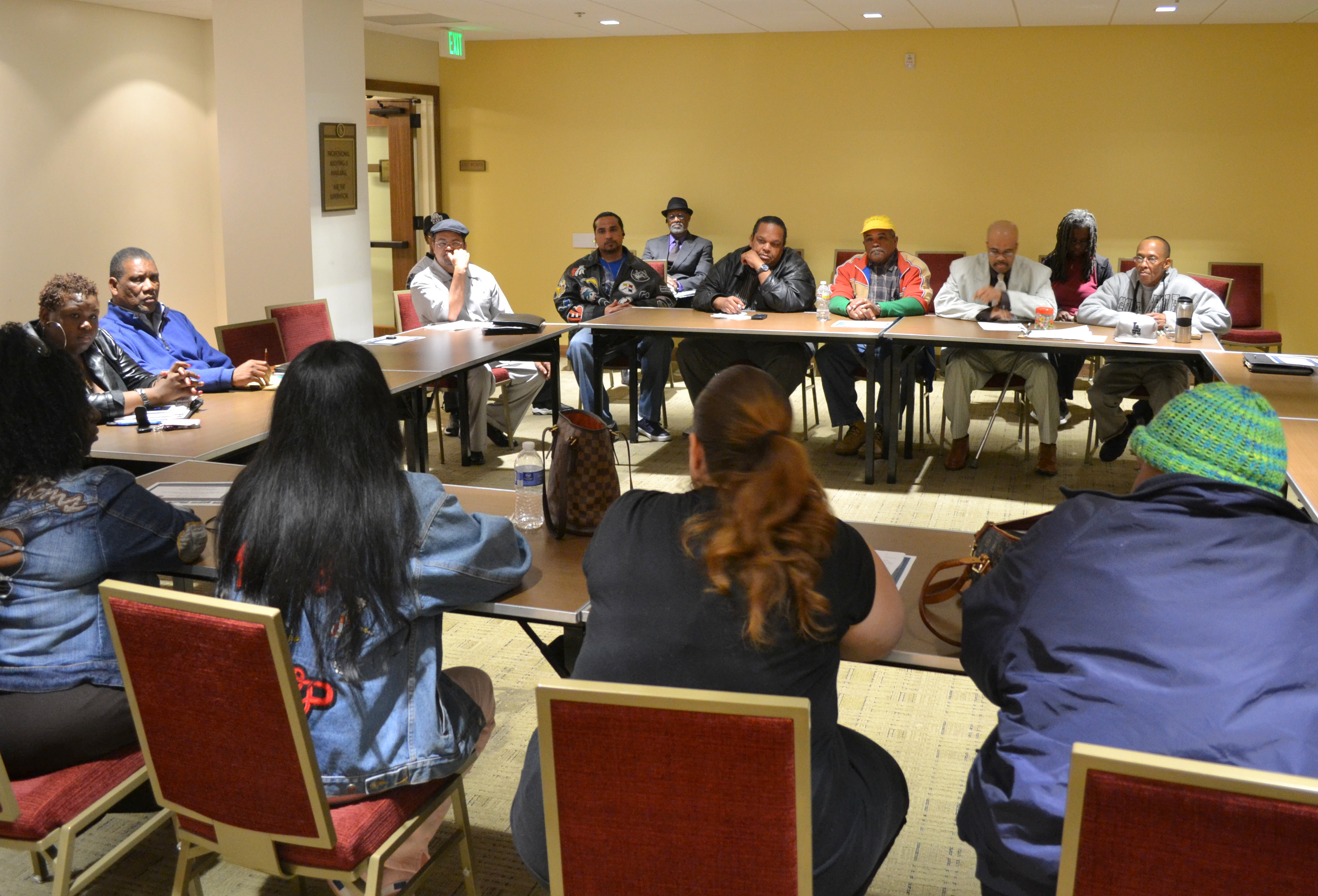The Mojave National Preserve — a stretch of protected desert northeast of Los Angeles — is currently reviewing its water management plan. One question officials are considering is whether to continue providing artificial water sources for desert wildlife.
As part of the Works Progress Administration, hundreds of concrete “drinkers” were installed across the desert in the 1940s. They’re giant concrete saucers that funnel rainwater into cisterns that animals drink from. But after half a century in the desert sun, most of the drinkers are cracked and needing repairs.
A group called Water for Wildlife has voluntarily repaired these drinkers for years. Now debate is underway on whether these drinkers should be removed.
In nine years, Water for Wildlife’s Cliff McDonald and hundreds of volunteers have repaired about 100 of these drinkers. They come out for one weekend a month during winter and spring. They camp overnight, and little by little, they’re making progress.
“[One] particular drinker had not been working, so we repaired it, and within 60 days there was a tortoise coming out of it where he had just gotten a drink,” McDonald said. “That same tortoise was estimated to be about 60 years old, so he could have watched the guys build it 60 or 70 years ago.”
But even if quail, tortoises, and other desert animals like having easy spots to find water, not everyone agrees that these drinkers should be maintained.
“If you’re trying to manage just one part of an [ecosystem], then you can upset the functioning of the rest of the system,” said Terry Weiner, conservation coordinator with the Desert Protective Council. “The problem [with artificial water] is that it can become what we call an ‘attractive nuisance,’ and animals that would not be drawn to that area before will perhaps go there.”
Like many other environmental groups, Weiner’s organization worries that the drinkers interfere with a desert ecosystem that evolved to survive with limited water.
That’s exactly the argument the Mojave National Preserve is weighing now as it develops a new water management plan.
“From the scientific standpoint there’s really not a lot of evidence that artificial water is all that beneficial,” said Neal Darby, a wildlife biologist with the preserve. “We know animals use it, but we can’t say that if they didn’t have it they would all die. And that’s where the problem is, it’s a very difficult hypothesis to test,” he said.
It’s difficult to test because one possible outcome of taking away the drinkers is that desert wildlife could start to die off.
Humans have been in California’s deserts for centuries, and in many cases, settlers created artificial water sources for their cattle or crops, which wildlife eventually began to rely on too. Humans have also used up some natural water sources throughout the desert. That’s why McDonald and his volunteers say maintaining artificial water is important.
But some environmentalists call McDonald’s motivations into question.
“In too many cases we find the people who are really enthusiastic about establishing guzzlers throughout the desert are people who want to make sure the population of animals is such that the can keep hunting them,” said Weiner. “We’re not opposed to appropriate hunting, but having artificial water sources to artificially pump up the population of [animals] is not a good idea.”
Like many of his volunteers, McDonald does hunt. But, he says of the hundreds of species in the desert that use the drinkers, only a handful are of any interest to hunters. And, he says, keeping all of those wildlife populations thriving should be of interest to everyone.
“If I’m the general public and I do not hunt and I want to come out here to camp, I’d want to see flickers and warblers and blue jays, and they drink this water,” McDonald said.
McDonald also said that hunting licenses help pay for a lot of other environmental projects. Darby agrees.
“There’s not a lot of funding available,” said Darby. “These sportsman’s groups really step up to the plate and help [the Mojave National Preserve] get things done.”
What Darby, McDonald, and other environmental groups can all agree on, is that California’s desert ecosystems should be protected. The question is, whether giving wildlife unnatural sources of water really helps.
It’s a major debate, but it’s not enough slow down McDonald and his volunteers.
“My dad and I hunted together, we fished together and we saw a lot of wildlife. A lot of that wildlife was drinking out of a stream or drinking out of one of these artificial drinkers and I would like the future generations to be able to see that,” McDonald said.
But in drought years like this one, if wildlife can’t get water, McDonald isn’t sure that will be possible.
Listen to this story on KPCC

